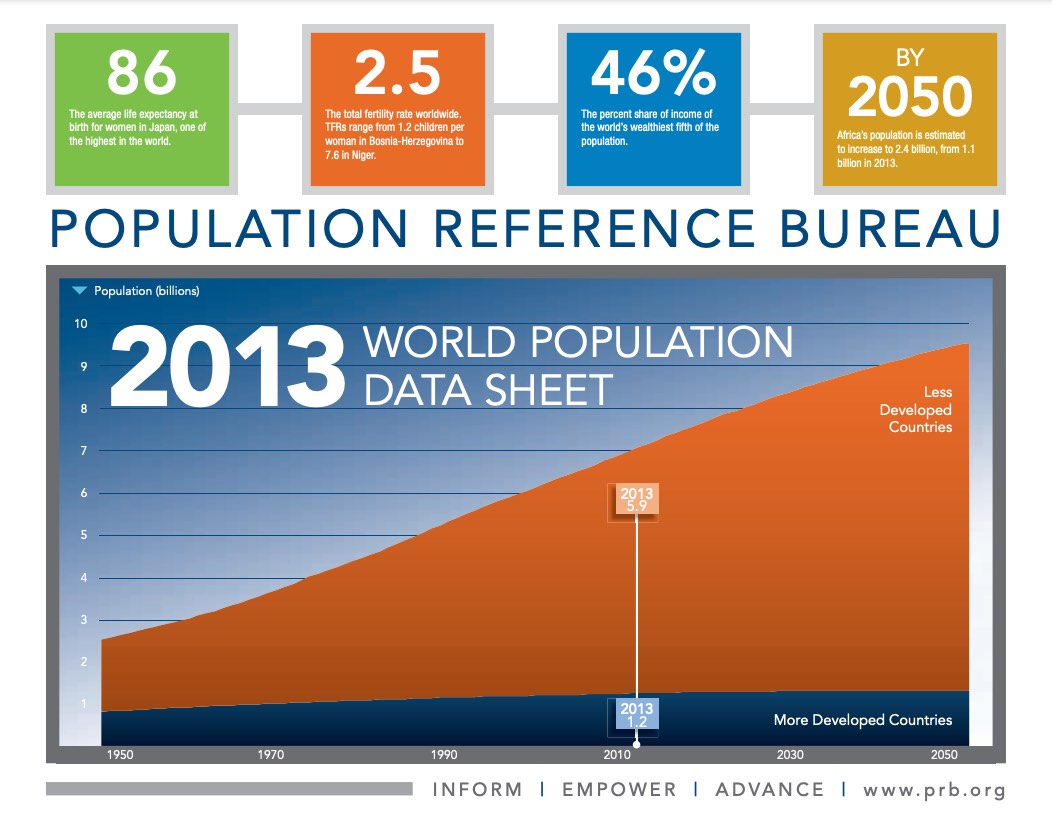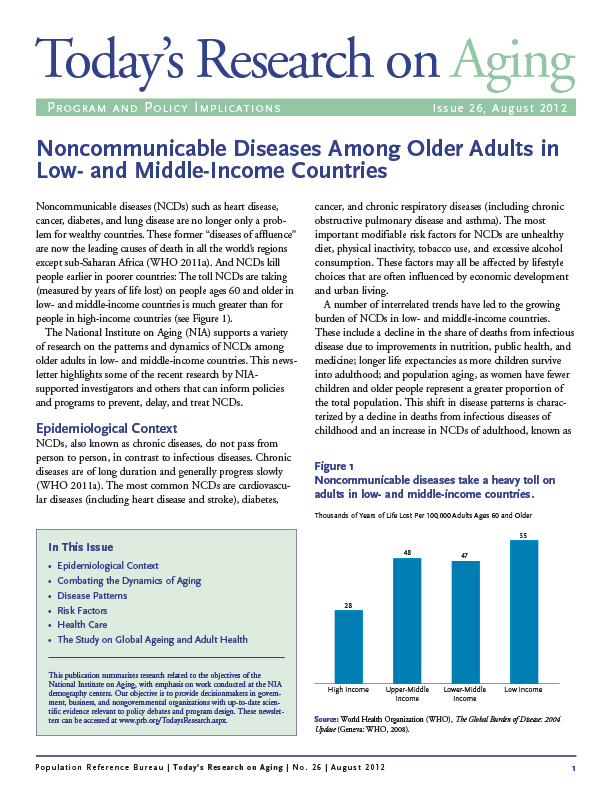Hidden Suffering: Disabilities From Pregnancy and Childbirth in Less Developed Countries
(August 2002) Complications of pregnancy and childbirth are a leading cause of death and disability among women of reproductive age (ages 15 to 44) in less developed countries.



